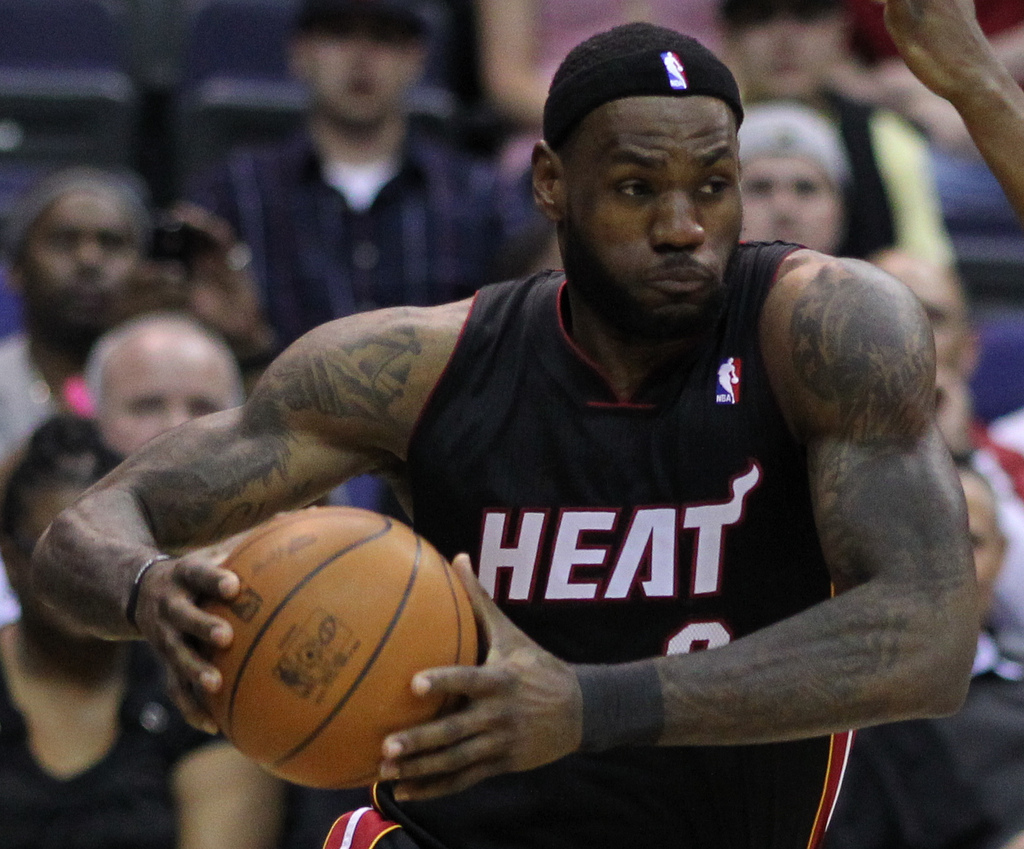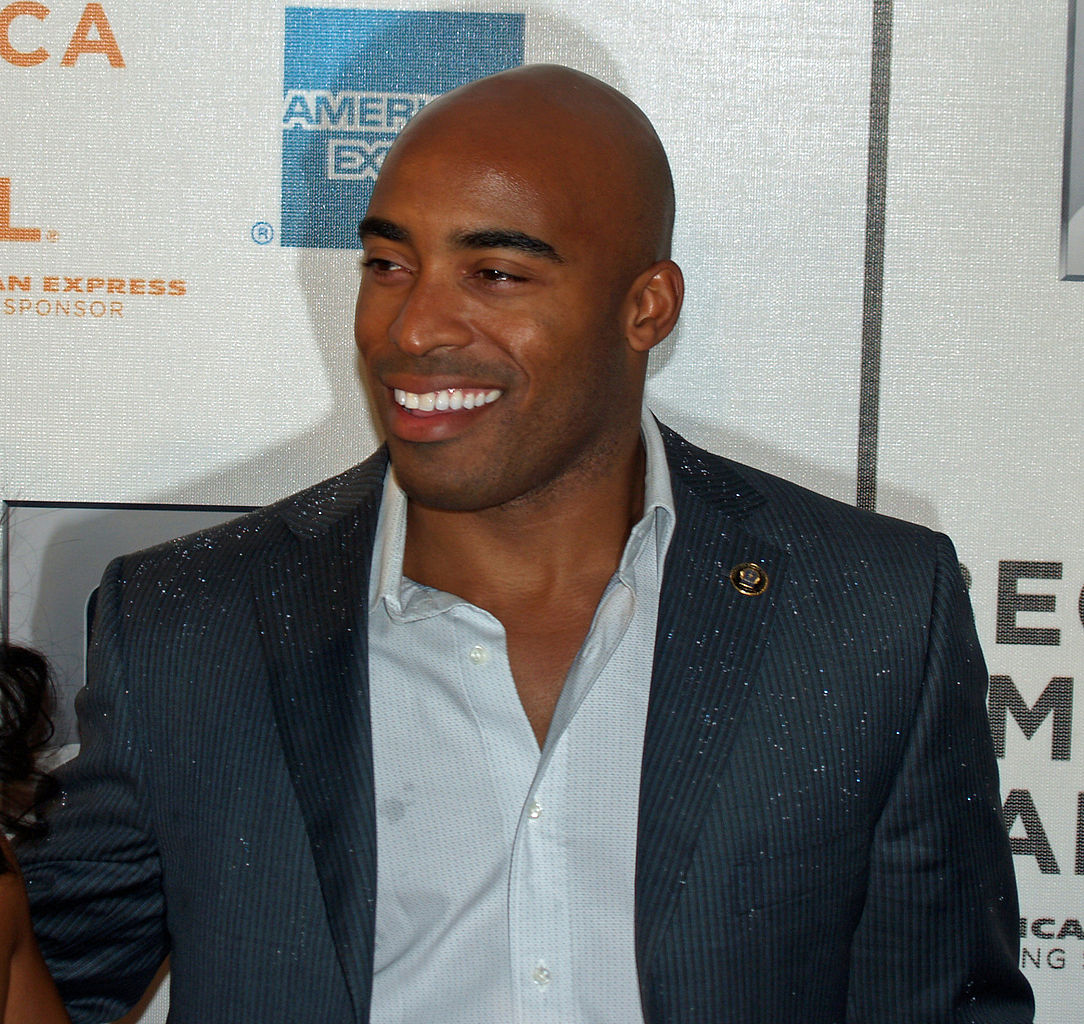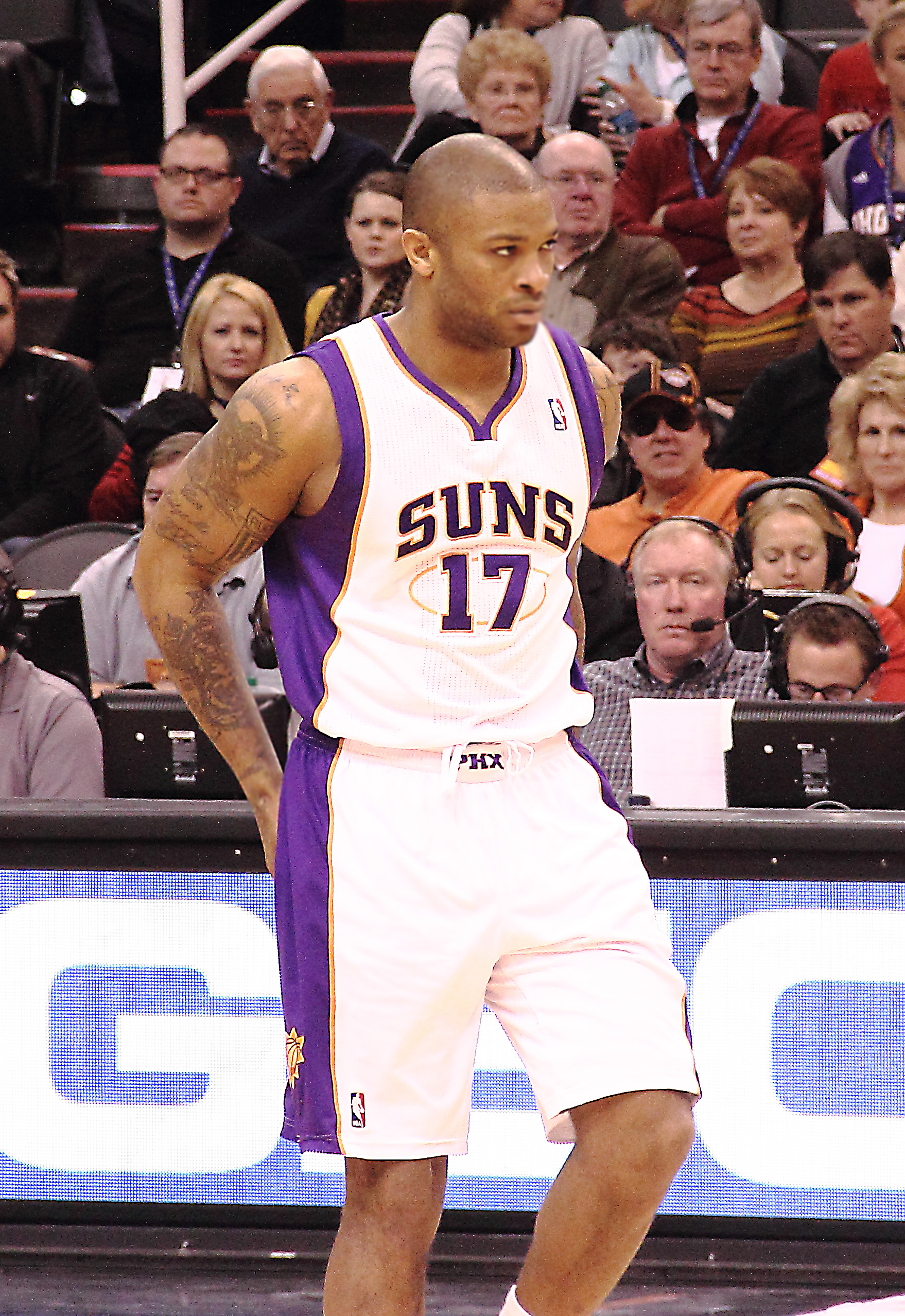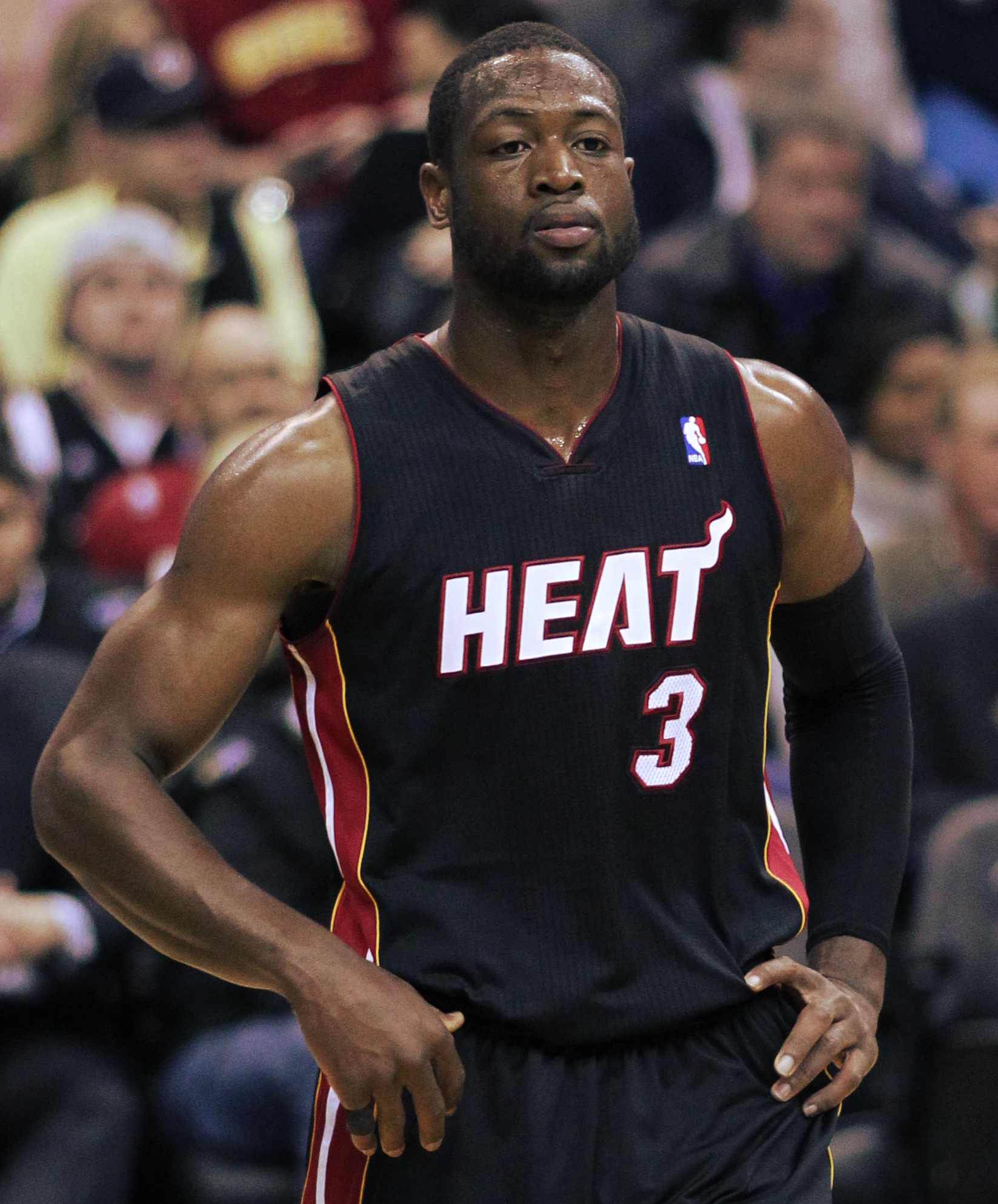Do I Have Dry Eye Syndrome?
Having dry eyes may not seem like much of a health condition. In most cases, dry eyes can be treated with a few occasional medicated eye drops. When the condition becomes chronic, however, thousands of people who deal with it on a daily basis consider it a major problem. Persistent, chronic dry eyes can be a sign of systemic disease that affects various areas of the body. Lupus, rheumatoid arthritis, Sjörgen’s Syndrome and ocular rosacea are conditions that are known to have chronic dry eyes as an associated symptom.
Possible Causes of Dry Eye
Chronic dry eye syndrome is a condition in which the glands that produce tears and other fluids in the eye do not produce enough to keep the eye sufficiently lubricated. Lacrimal glands are responsible for producing tears, while the meibomian glands produce oils that keep the eyes hydrated. When the oil is not produced in sufficient quantities, the tears evaporate too fast, leaving the eyes feeling itchy and irritated. This is referred to as “evaporative” dry eye syndrome and is the most common cause of chronic dry eyes.
There are many causes of chronic dry eye. As a person ages, processes within the body slow down and hormonal changes within the body can alter how the body functions. Some examples include menopausal women or people who use antihistamines. Heating and air conditioning systems, environments that are dry, dusty or drafty, windy conditions outside and staring at a computer screen for several hours at a time are common contributors to the irritation of chronic dry eye. The extended use of contact lens and not blinking enough to keep the eyes sufficiently lubricated are also factors.
People who smoke, older men and women who have health conditions that cause hormone fluctuations are at a higher risk of chronic dry eye syndrome in comparison to others.
Dry Eye Treatment Options
Once the doctor discovers the reason for your dry eyes, he/she can suggest an appropriate treatment. In most cases, lubricating eye drops known as artificial tears may be the solution. When chronic dry eye is caused by blocked meibomian glands, warm compresses or lid scrubs are options that may help. An additional treatment option that may be offered is LipiFlow. This is a treatment that is performed in the doctor’s office and is used to unblock the meibomian glands that re-establish the flow of the eye and restore normal function within the eye.
Other possible treatment options include, keeping the entire body properly hydrated, protecting the eyes with sunglasses or safety glasses and taking supplements that offer nutritional support. Supplements that include omega-3 fatty acids are ideal for individuals with chronic dry eye.
Call the professionals at La Jolla LASIK if you would like to schedule an evaluation if you are having symptoms of chronic dry eye. Our doctor can evaluate your eyes, diagnose your condition and find an effective treatment to help control the problem or eliminate it entirely.
Call La Jolla LASIK at 858.551.4100 today and make an appointment to be seen by our knowledgeable ophthalmologist.

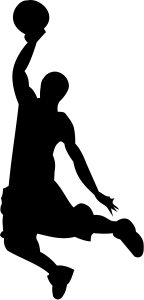 Basketball: For you basketball players out there, the average recovery time is about a week. So sit back, relax, and enjoy a week off the court. Just enough time for you to refuel before getting back in the game.
Basketball: For you basketball players out there, the average recovery time is about a week. So sit back, relax, and enjoy a week off the court. Just enough time for you to refuel before getting back in the game. Hockey: You can expect to be back on the ice in about six to seven days. In a rough contact sport like hockey, it’s crucial that you are fully recovered before jumping into the rink again.
Hockey: You can expect to be back on the ice in about six to seven days. In a rough contact sport like hockey, it’s crucial that you are fully recovered before jumping into the rink again.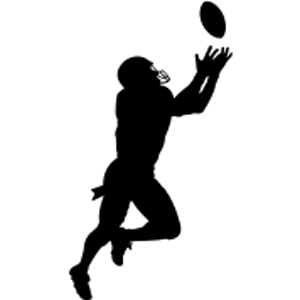 Football: You’ll be back blocking passes and throwing touchdowns anywhere between six and seven days. Take this time to memorize plays, consider it an opportunity for you to get a leg-up on your rivals.
Football: You’ll be back blocking passes and throwing touchdowns anywhere between six and seven days. Take this time to memorize plays, consider it an opportunity for you to get a leg-up on your rivals. Soccer: Soccer requires a seven day recovery time following LASIK. Although this may seem like a long time off the field, just think of how much your game will improve once you’re fully recovered!
Soccer: Soccer requires a seven day recovery time following LASIK. Although this may seem like a long time off the field, just think of how much your game will improve once you’re fully recovered! Snow sports: All you snowboarders, skiers, and snowmobilers should plan to take one week off before getting back on the slopes.
Snow sports: All you snowboarders, skiers, and snowmobilers should plan to take one week off before getting back on the slopes.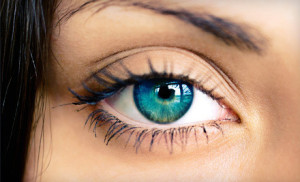 2. How much do you spend on glasses annually?
2. How much do you spend on glasses annually? Dr. Nahl of La Jolla LASIK has an unmatched success rate, as well as degrees from Harvard, University of Southern California, and University of Chicago. Dr. Nahl uses the best laser in the business, and has fifteen plus years of experience. She truly is one of the best LASIK surgeons in the world. If you are considering LASIK, consider Dr. Nahl and the La Jolla LASIK team. Schedule your free consultation today by calling us at (858) 551-4100 or visit us online at LaJollaLasik.com. La Jolla LASIK offers the best cost of LASIK San Diego offers.
Dr. Nahl of La Jolla LASIK has an unmatched success rate, as well as degrees from Harvard, University of Southern California, and University of Chicago. Dr. Nahl uses the best laser in the business, and has fifteen plus years of experience. She truly is one of the best LASIK surgeons in the world. If you are considering LASIK, consider Dr. Nahl and the La Jolla LASIK team. Schedule your free consultation today by calling us at (858) 551-4100 or visit us online at LaJollaLasik.com. La Jolla LASIK offers the best cost of LASIK San Diego offers.

